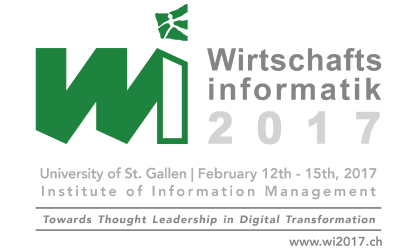Description
Information systems (IS) lectures often address audiences that consist of over one hundred students. In this setting, it is arguably difficult to consider the individual interests of each participant. This may result in students not being motivated, decreased learning outcomes as well as an overall low effectiveness of IS lectures. Self-determination theory suggests that perceived autonomy increases intrinsic motivation, which may in turn lead to improved learning outcomes. We therefore propose to foster perceived autonomy among students by introducing elected elements (e.g., practical examples and topics) that students can vote for with an audience response system. To investigate this instructional approach and to provide an instrument for its evaluation, we conducted a preliminary study that shows positive associations between perceived autonomy, intrinsic motivation, as well as acceptance among students. Based on these findings, we derive several avenues for future research regarding the use of elected elements in large-scale IS lectures.
Using Elected Elements in Large-Scale Information Systems Lectures
Information systems (IS) lectures often address audiences that consist of over one hundred students. In this setting, it is arguably difficult to consider the individual interests of each participant. This may result in students not being motivated, decreased learning outcomes as well as an overall low effectiveness of IS lectures. Self-determination theory suggests that perceived autonomy increases intrinsic motivation, which may in turn lead to improved learning outcomes. We therefore propose to foster perceived autonomy among students by introducing elected elements (e.g., practical examples and topics) that students can vote for with an audience response system. To investigate this instructional approach and to provide an instrument for its evaluation, we conducted a preliminary study that shows positive associations between perceived autonomy, intrinsic motivation, as well as acceptance among students. Based on these findings, we derive several avenues for future research regarding the use of elected elements in large-scale IS lectures.


